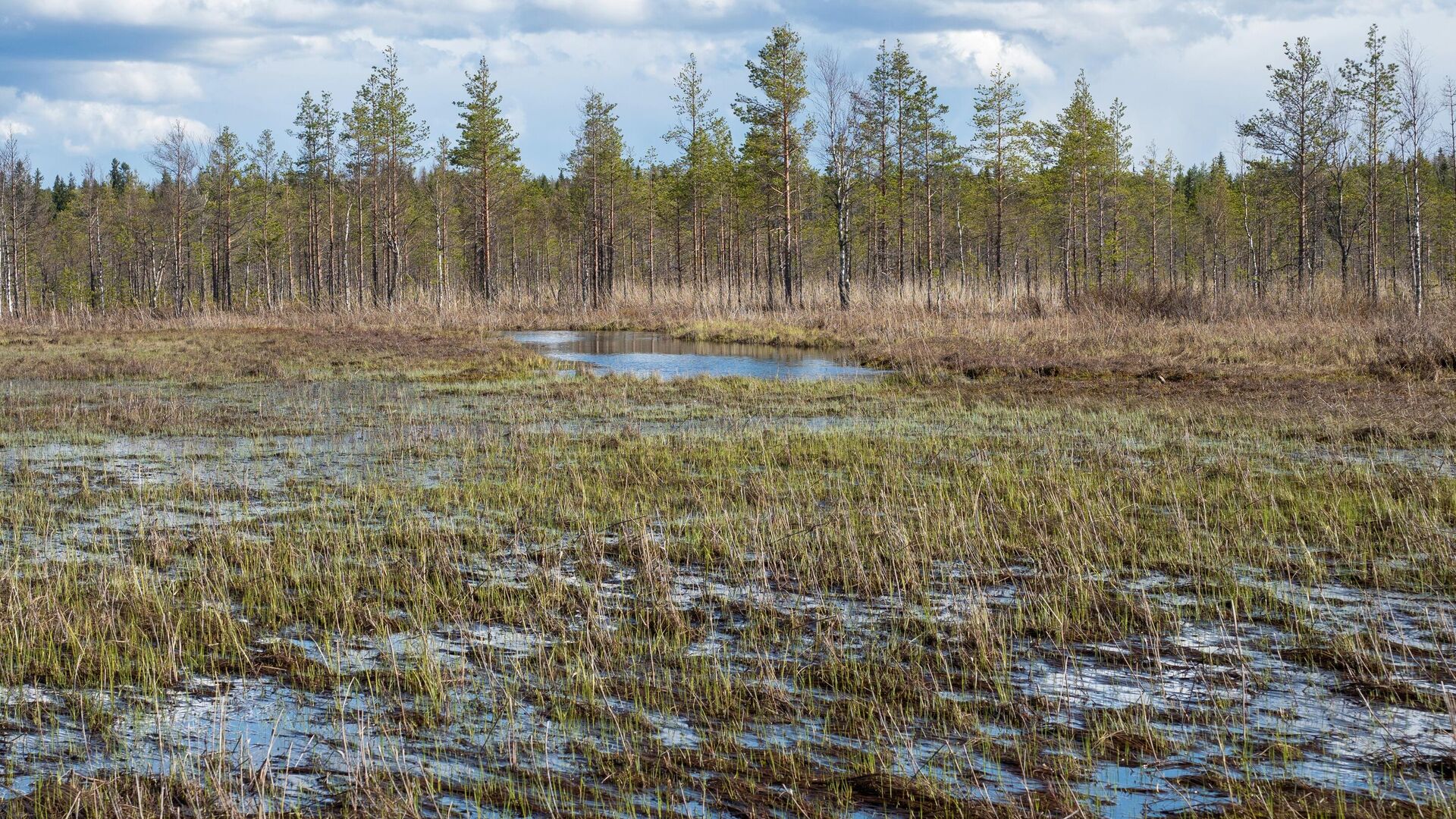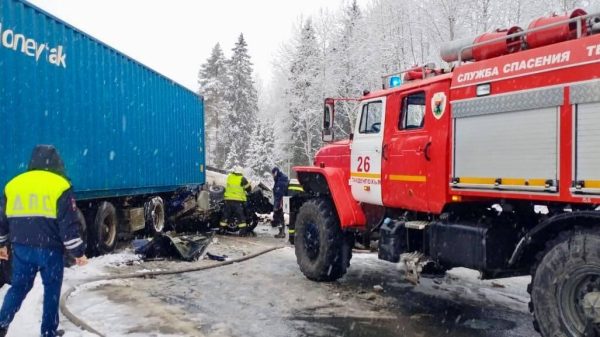
NOVOSIBIRSK, June 13Scientists from Novosibirsk State University (NSU), using materials from colleagues from Yugra State University, for the first time studied swamp gas samples using a mass spectrometer and found that there is a powerful source of methane in the swamps of Western Siberia, NSU reported on Thursday.
«For the first time, an accelerator mass spectrometer was used to carry out radiocarbon analysis of methane isolated from samples of swamp gas, which were taken by researchers of Ugra State University from seeps (natural gas seeps to the surface — ed.) swamps of the Khanty-Mansiysk Autonomous Okrug,» — the message says. 
An unusual study was carried out in the Novosibirsk Akademgorodok at the Center for Collective Use «Accelerator Mass Spectrometry of NSU-NNSC». It was important for scientists to find out the age and origin of methane in the found active sources of swamp gas in the floodplains of the rivers of the middle Ob region, as well as to study the processes associated with its delivery to places where it comes to the surface.
The university explained that the first open gas outlets were found in the early 2000s, 25 kilometers from Khanty-Mansiysk. They were pools in a stream, from which bubbles saturated with methane were actively rising. It turned out that there are many similar sources throughout the entire Khanty-Mansi Autonomous Okrug-Yugra. All of them are located in the floodplains of rivers or streams and extremely intensively emit methane — the second most important greenhouse gas for the Earth's climate after carbon dioxide.
Researcher at Yugra State University Alexander Sabrekov explained that in order to determine the future fate of seeps as a source of methane, it was necessary to understand the origin and migration routes of this gas. Scientists have put forward three hypotheses: “oil”, “permafrost” and “swamp”, suggesting that methane enters the seeps from the raised bogs that cover about half of the region, from where it migrates with groundwater.
Specialists in Novosibirsk successfully extracted swamp gas, fed it to a graphitizer and obtained graphite targets. Work on its analysis continued throughout the year. As a result, the “swamp” hypothesis of the origin and transport of methane was clearly confirmed.
«Confirmation of the validity of the third, “swamp” hypothesis, indicates the presence in Western Siberia of a powerful source of methane, which will exist until the swamps disappear. Scientists have a clear idea of how closely the landscapes are interconnected, that is very important for predicting the consequences of their changes due to global warming or anthropogenic impact,” the university noted.




















































Свежие комментарии